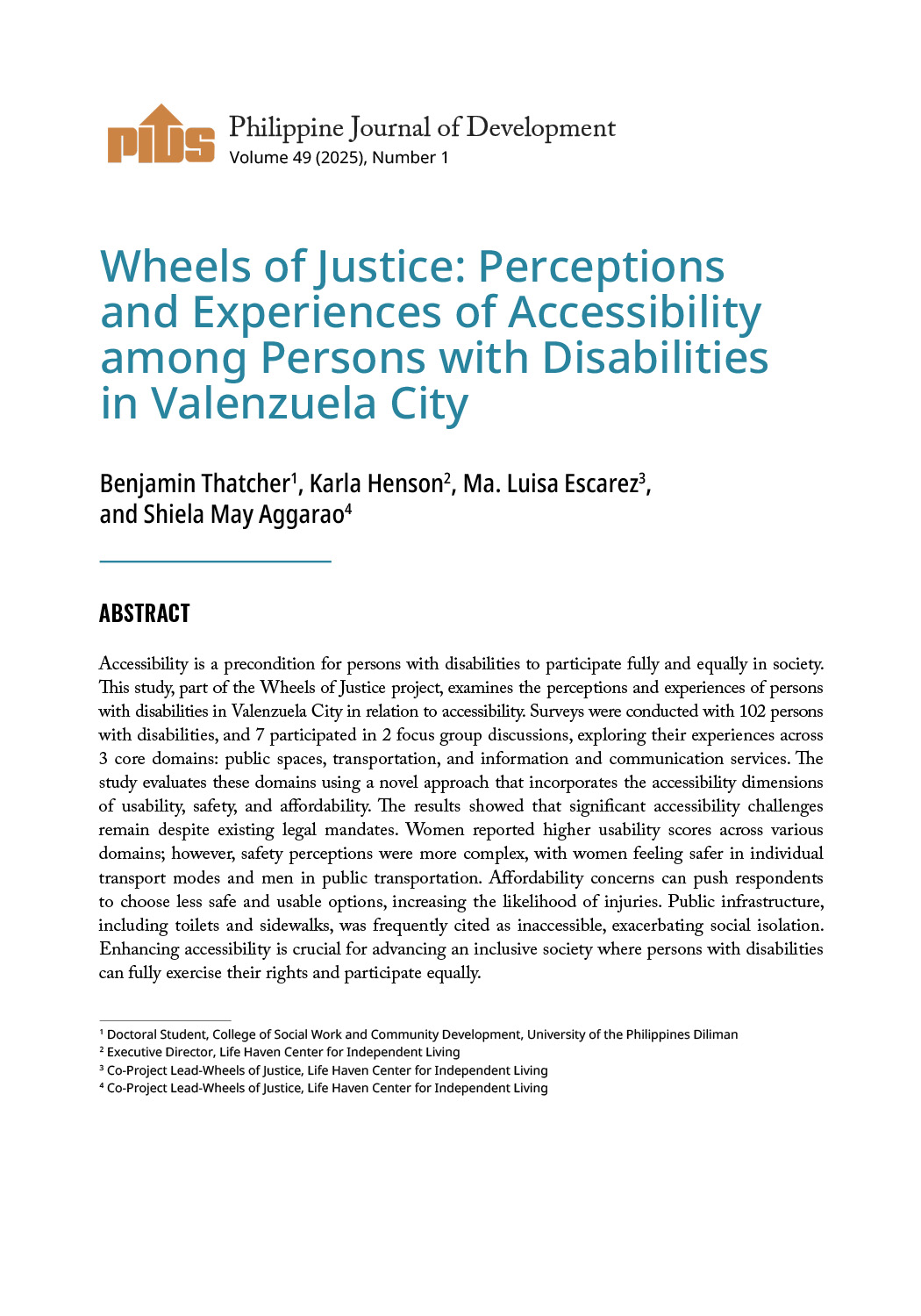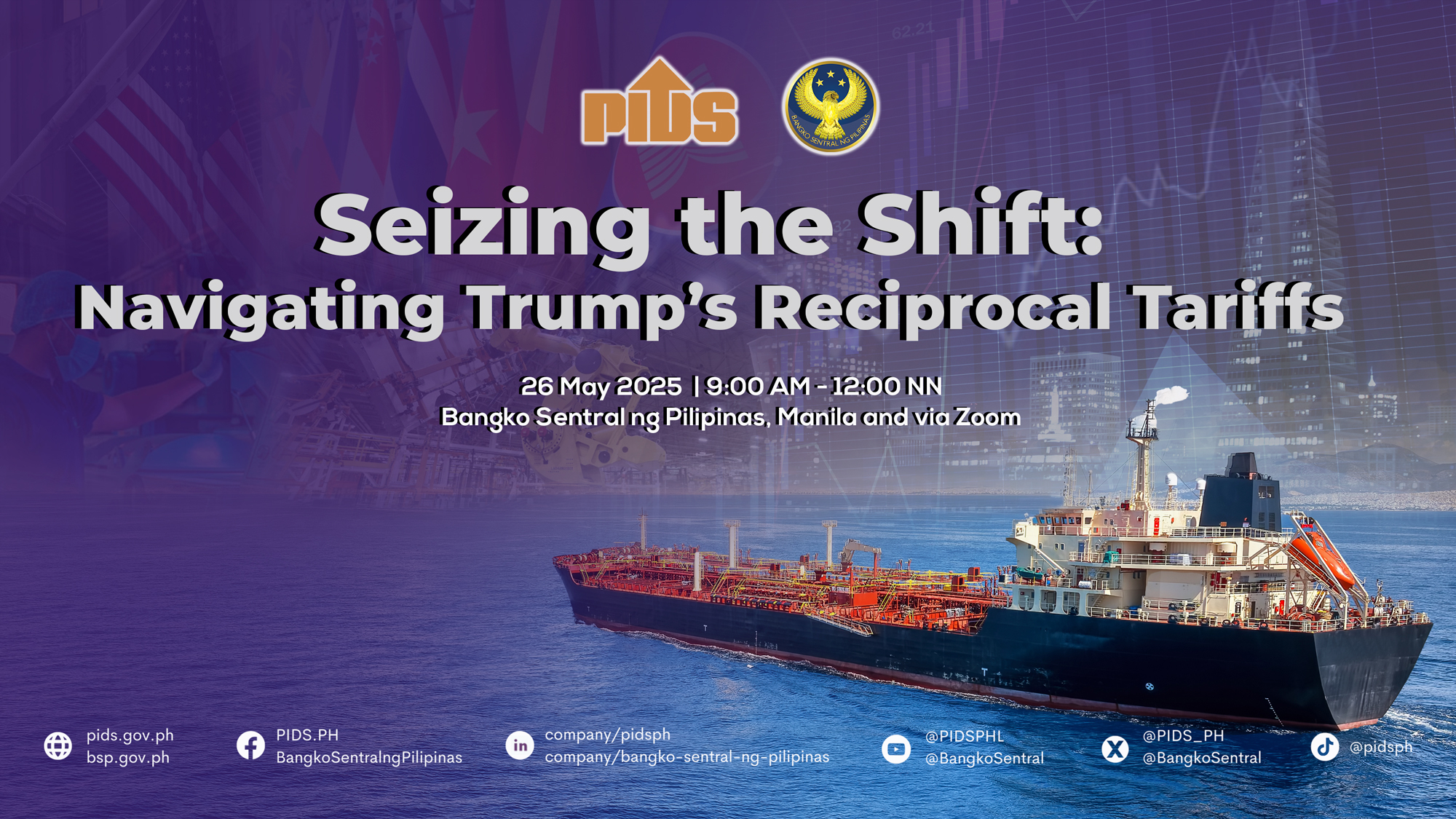Member countries of Association of Southeast Asian Nations (ASEAN) need to improve physical infrastructures and streamline regulatory processes in an effort to facilitate trade and investments in the region, according to a report from state think tank Philippine Institute for Development Studies (PIDS).
In a report titled “ASEAN connectivity: The hows and whys,” PIDS information officer Neille Gwen de la Cruz noted that connectivity is important to the region’s continued economic growth and an integral factor to realize the vision of an ASEAN Community by 2025.
ASEAN leaders have adopted the Master Plan on ASEAN Connectivity 2025, which has the goal of achieving a “seamlessly and comprehensively connected and integrated ASEAN that will promote competitiveness, inclusiveness, and a greater sense of Community" by the year 2025.
“Right now, ASEAN is recognized as one of the world’s largest economic zones. Making it easier to transport goods and services, reducing cumbersome processes, or simply opening more ways for people to move around the region would help facilitate the growth of ASEAN SMEs (small and medium enterprises),” said De la Cruz.
Citing an ASEAN Secretariat data, she said SMEs comprise 90 percent of companies in the region and contribute to as much as 60 percent of the region’s gross domestic product, making them the driving force of economic growth in the ASEAN.
“One of the main advantages of having an integrated region is having a seamless trade. Once the means to move from one country to another has been provided, there would be a freer flow of goods, services, and workers within and across the region, bolstering the perception that the region is an attractive market,” she added.
The PIDS report noted that an interconnected ASEAN is also envisioned to promote knowledge sharing and cultural exchange through improved physical infrastructure, streamlined regulatory processes and harmonized procedures and standards.
These are expected to create significant positive impacts on the region's SMEs, as well as tourism and human resources, among others, it said.
“Promoting ASEAN connectivity will also boost tourism by capitalizing on the diverse history and culture of the region. Easing visa requirements across ASEAN would encourage greater mobility of people,” De la Cruz added. (PNA)












